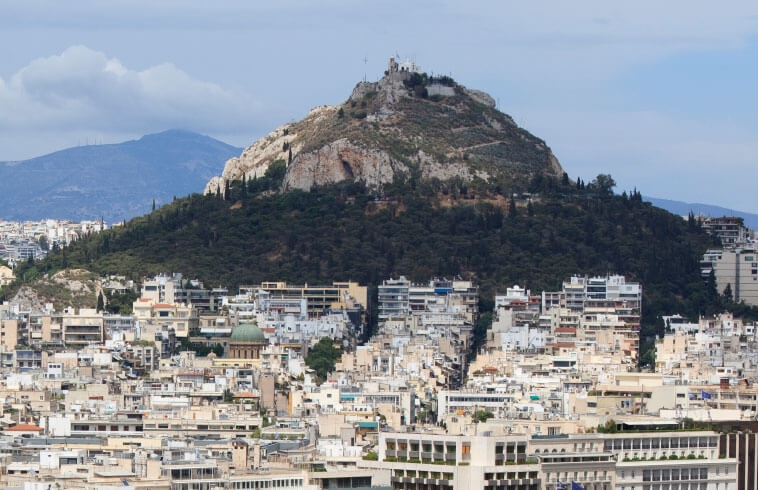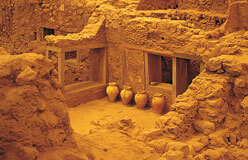Ancient Greece was made up of a number of independent city-states, and in the fifth century B.C., Athens was the most impressive.
During the Golden Age of Athens (479 B.C. to 431 B.C.), a widespread rebuilding program took place after the city’s destruction in the Persian Wars. Impressive temples once again gleamed high atop the hill known as the Acropolis. Trade flourished, making Athens prosperous. The finest sculptors, architects, philosophers, and dramatists were drawn there, eager to become a part of the new center for learning and the arts. Democracy, which had been introduced in Athens around 510 B.C., began to thrive, and Greek citizens could vote and have a say in how their government was run.
More than 100,000 people lived at the foot of the Acropolis and in the surrounding areas. The agora, or marketplace, was the heart of Athenian economic and social life. People flocked there to buy and sell goods and to socialize. Come along for a stroll through the ages, and see the grand buildings, glittering metal statues, and massive marble temples of ancient Athens.







